21 Jan
2016
The Not So Humble Semicolon
This oft-neglected punctuation mark actually has a couple of vital uses. There’s no need to fear the semicolon; it’s really quite simple. (See what I did there?)
There are two reasons to use a semicolon. The first is to take the place of a period and link two related clauses. Related is the key word here; the clauses must be able to stand alone but also be closely related in subject.
I have to be home early tonight; I have a very early flight in the morning.
Or:
Mr Schmidt was exasperated today; it seemed like there was just one disaster after another.
Semicolons are not used before conjunctions such as ‘and’, ‘but’ or ‘so’. When two clauses are separated by a semicolon, there is no need for a conjunction; the semicolon takes the place of a period while avoiding having two short, choppy sentences.
The second purpose of semicolons is to take the place of commas in long, complex lists. This is particularly useful if conjunctions and/or commas occur within some of the items.
Wedding invitations were sent to: Paul’s mother and father; Jane’s aunt, who is very close to her niece; Paul’s groomsmen; Jane’s two bridesmaids and their spouses; and – of course – to the bride’s parents.
And that’s it!

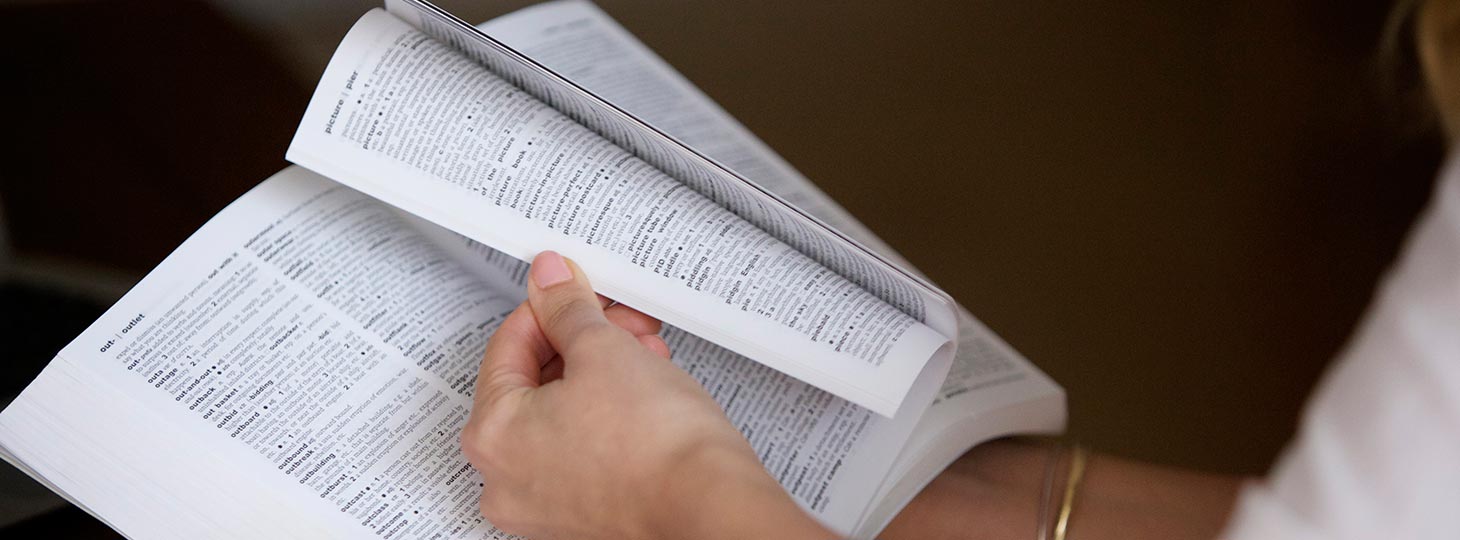
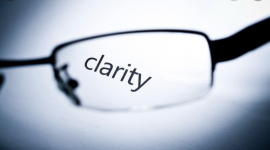
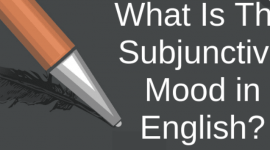

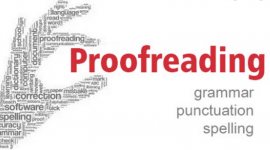
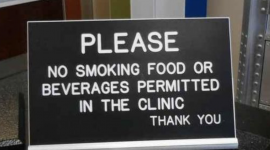
Mr WordPress
on
Hi, this is a comment.
To delete a comment, just log in and view the post's comments. There you will have the option to edit or delete them.
Julian
on
I am aware this is really boirng and youre simply skipping to the next comment, but I merely wanted to throw a big thanks! We really discovered this on yahoo, and im happy I did so. Ill definitely be finding its way back